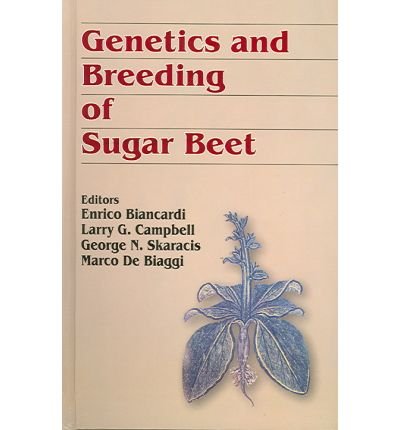

Most ebook files are in PDF format, so you can easily read them using various software such as Foxit Reader or directly on the Google Chrome browser.
Some ebook files are released by publishers in other formats such as .awz, .mobi, .epub, .fb2, etc. You may need to install specific software to read these formats on mobile/PC, such as Calibre.
Please read the tutorial at this link: https://ebookbell.com/faq
We offer FREE conversion to the popular formats you request; however, this may take some time. Therefore, right after payment, please email us, and we will try to provide the service as quickly as possible.
For some exceptional file formats or broken links (if any), please refrain from opening any disputes. Instead, email us first, and we will try to assist within a maximum of 6 hours.
EbookBell Team

4.8
84 reviewsThe book comes during a time of rapid expansion in molecular technology-based selection approaches that are destined to modify or supplement conventional breeding methodology. The new technologies will allow genetic and physiological factors influencing sugar yield and quality to be assessed in great detail and manipulated. These novel techniques will also reduce the dependance of the sugar beet crop on chemical pesticides and fertilizers by using unique and improved resistance mechanisms against the various abiotic stresses and diseases and by producing varieties that use soil resources more efficiently. A whole chapter deals with the current information on the development of these new techniques and their integration into sugar beet breeding.
The book comes during a time of rapid expansion in molecular technology-based selection approaches that are destined to modify or supplement conventional breeding methodology. The new technologies will allow genetic and physiological factors influencing sugar yield and quality to be assessed in great detail and manipulated. These novel techniques will also reduce the dependance of the sugar beet crop on chemical pesticides and fertilizers by using unique and improved resistance mechanisms against the various abiotic stresses and diseases and by producing varieties that use soil resources more efficiently. A whole chapter deals with the current information on the development of these new techniques and their integration into sugar beet breeding